
The Exocet XS and FMEV Replicar Share the Same Miata DNA
Text and Photos by Rob Hawkins
When it comes to open-top motoring, a car with no windscreen appeals to a select group of madcap motorists. The cars seen here represent two extremes of the al fresco market. That is, vehicles that require a pair of goggles to be worn and your mouth closed when diving at any reasonable speed.
Under the skin, however, they are very similar, with the majority of the mechanical components from a Mk1 or Mk2 Mazda MX-5. Both can be built by removing the MX-5’s body, leaving two rolling subframes with a driveshaft and length of aluminum (known as the power plant frame, or PPF) connecting the two together.
Next, bolt a MEV steel sub-chassis on top followed by a large expanse of fiberglass (in the Replicar’s case, or a handful of panels for the Exocet XS), then finish off with fitting the lights, an interior and connecting up the standard MX-5’s electrics. Both cars also use the MX-5’s fuel tank and all sorts of standard MX-5 items, such as the safety brake cables, steering column and pedal assembly.
The design influences and origins of the cars seen here each have their own story to tell. The Replicar is a re-creation of the Aston Martin DBR1, the DBR being an abbreviation for David Brown Racing. Back in the Fifties, Aston Martin was owned by David Brown, which was an engineering and manufacturing company that started in 1860 and has made everything from tractors to gearbox cogs for submarines.
In 1956, the first race car with the DBR badge was created with a magnesium alloy body, a spaceframe chassis and a 2.5-liter, straight-six twin-cam engine connected to a five-speed transaxle. Aimed at the World Sports Car Championship, DBR1 as it is now known competed at Le Mans in the 24 Heures, with Tony Brooks and Reg Parnell at the wheel, but retired after 21 hours (246 laps) due to gearbox failure.
The DBR1 had a more successful season in 1957 with a larger 2922cc engine and new team members including Roy Salvadori. The car finished first overall at the 1000km Nurburgring and two cars finished first and second at the Spa Grand Prix for sports cars. Stirling Moss and Jack Brabham claimed a similar victory at the Nurburgring in 1958.
During 1959, the aim was to win at Le Mans, and with Carroll Shelby and Roy Salvadori at the wheel, the DBR1 claimed a first. That same year, David Brown decided to divert his racing to Grand Prix events. However, the DBR title had been born and continues today with the well-known DB models from Aston Martin.
MEV’s re-creation of the DBR1 isn’t exact, but that’s mainly down to the limitations of using the MX-5 donor components that result in an easier build. However, the differences haven’t dissuaded customers from placing orders and Stuart Mills at MEV usually has a long line of people wanting to speak to him whenever he visits a classic car show. The decal on the side that advertises a kit price at £4999 (about $7900, not including fright and import duties) attracts lots of attention, especially among classic-car fans who struggle to buy a roadworthy MGB roadster for that sort of money.
That’s the base package, and a Replicar kit priced at just under £6000 (about $9500) includes those authentic looking wire wheels at £884 ($1400), which can be bolted onto standard MX-5 hubs. Stuart estimates a Replicar build should cost around £7000 ($11,000 or so) if you sell off unwanted donor parts, such as the shell, hood and wheels. As he observes, “MX-5s are, it seems, worth far more in parts than they are a complete car!”
By comparison, the Exocet XS is a revised version of the popular Exocet. The predecessor is a no frills exo-skeletal kit car, which seems more angular in appearance compared with the XS that has a sleeker and narrower front end and lower side rails. There’s also a full roof and frame for a screen, although the race-spec Exocet already has an MSA spec roll cage, which looks similar. The Exocet has two hoops at the rear with a curved rear cover, whereas the XS has a flatter rear cover instead, as there are no hoops to blend into it.
With the Exocet kit priced at £2595 ($4000 or so), the XS is only £200 ($315) more, but extras such as the lighting are somewhat cheaper. Build times are similar at around 100 hours, depending on skill level and how many friends you have.
Comparing the two on the merits of cost may be the deciding factor for some people, but what is probably more important is how they drive. There’s a massive difference between the two.
With bars above your head, the XS feels as though you are inside the car, whereas the Replicar’s seating position gives the impression you positioned on top of the chassis and more exposed.
With a seemingly higher seating position in the Replicar, less support from the seats and a wider body, cornering at speed seems to require more effort than the XS. The wraparound roof bars on the XS provide a more positive feel when cornering, allowing you to become more confident and more aggressive. Plus, the fiberglass, high-back bucket seats keep you firmly seated, enabling you to put more energy into steering. If the Replicar had the same seating as the XS, it would provide more driver confidence, but there’s no getting away from the benefit of a lower seating position.
Fortunately, the purpose of the Replicar isn’t solely as a race car and many people will surely appreciate it as a classic with modern MX-5 components. This is where such a car excels, with light and positive power-assisted steering (disconnected during our test, but to no detriment), servo-assisted disc brakes all round and an easy to maintain-and-modify suspension setup, consisting of coilovers all round with upper and lower double wishbones and front and rear anti-roll bars. Such qualities are taken for granted on the XS, since it’s a modern design, not a repro of an old-school classic.
Deciding between the XS and Replicar, should you want to build one of them, isn’t straightforward. If you like classics and modern exo-skeletal designs, then both cars qualify. Should you want a car for track days, then the XS with its added protection is the answer. The Replicar can be kitted out for track work, but really needs some bars around your head.
As for road use, there’s little difference because both cars are civilized. We test drove them on MEV’s track, which includes a few undulations and uneven sections of tarmac, but the standard MX-5 suspension on the Replicar and XS soaked it all up.
Possibly the only difference to consider is rain. In the Replicar, you’re going to get wet, whereas the XS can be equipped with a little more protection. Builders have several ideas to consider, including a flat laminated windscreen, polycarbonate gullwing doors and even a soft top.
If money is a consideration, as it usually is, then the XS is cheaper to build, but from what MEV has already seen, resale values of the Replicar are higher. (The XS is too new to quote resale values, so secondhand values of the Exocet the only bases for comparison here.)
The XS and Replicar represent designs that are some 50 years apart, but it’s reassuring to see they can be brought together with the same donor components. All told, using modern, reliable, and readily available parts is an essential aspect of any project car, whichever style excites you.

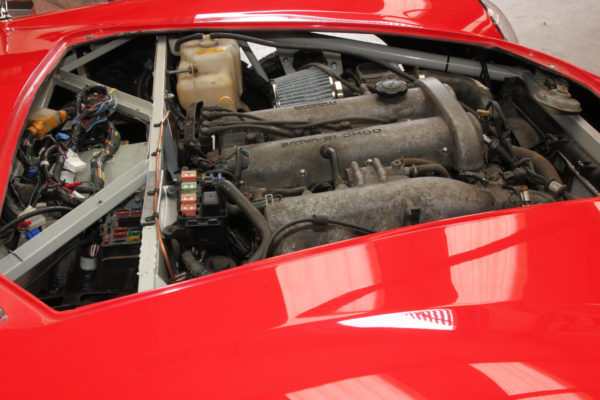
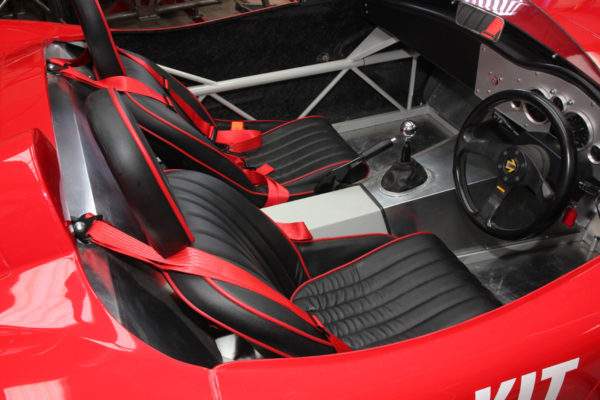
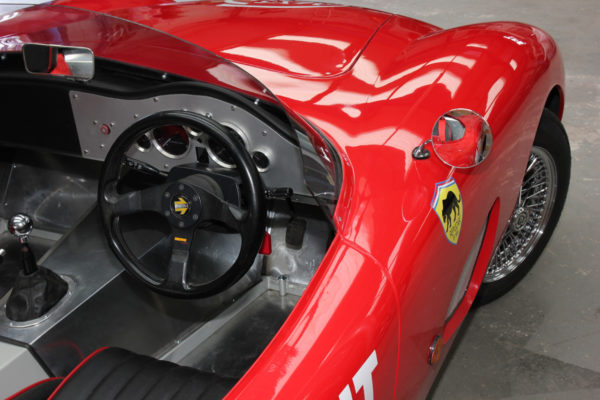
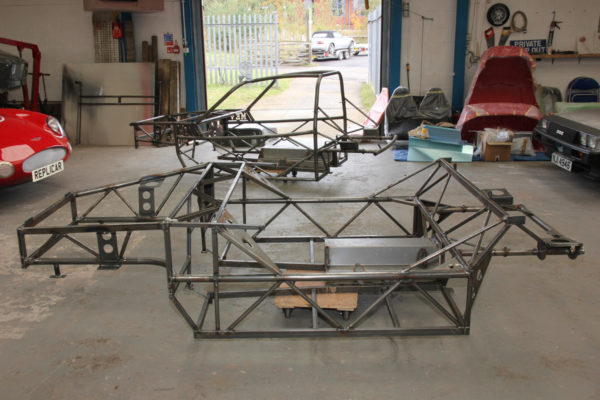
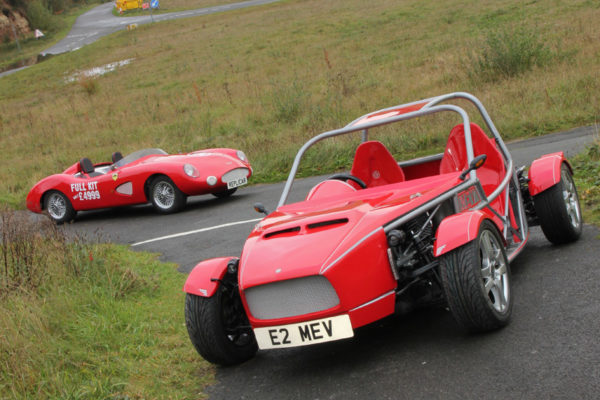
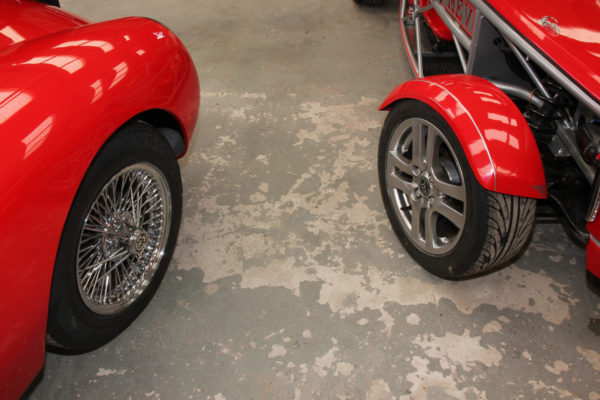
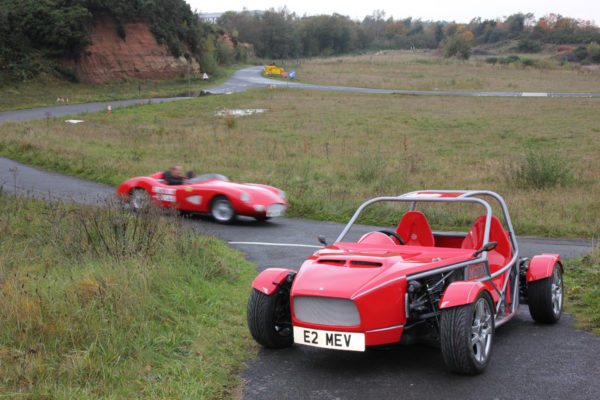
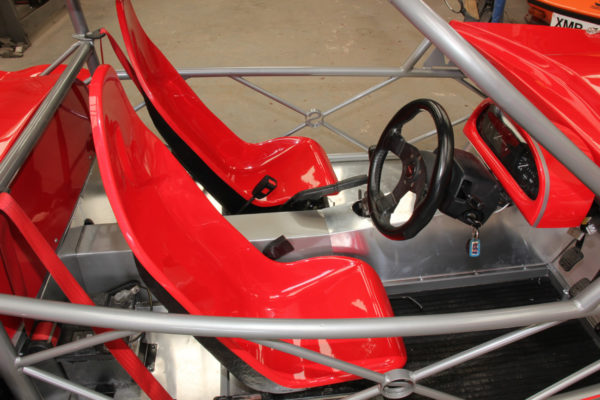
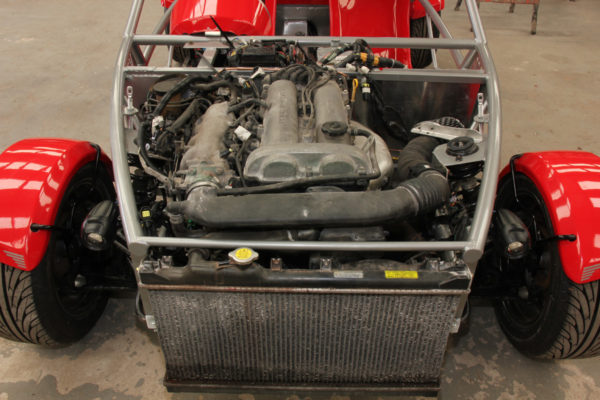
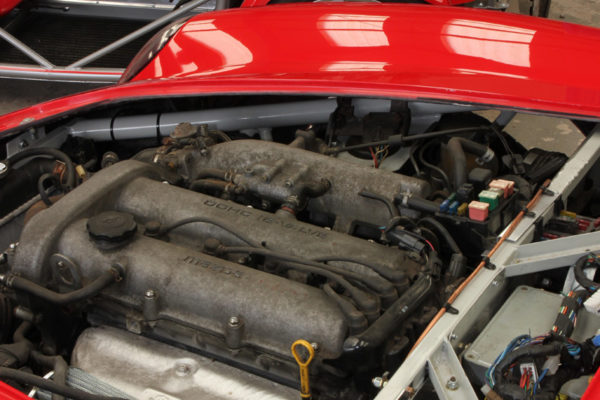
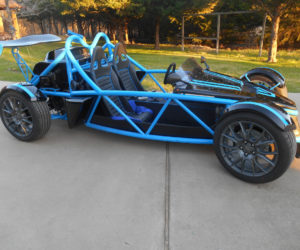
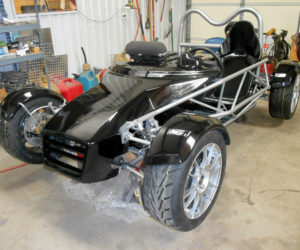
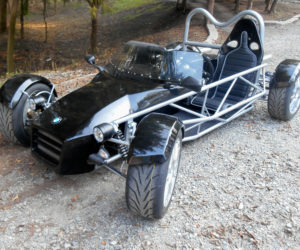
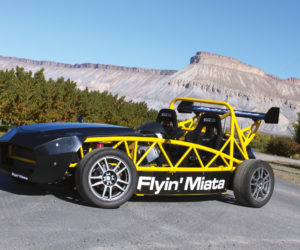
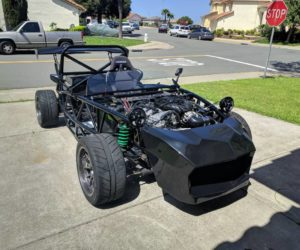
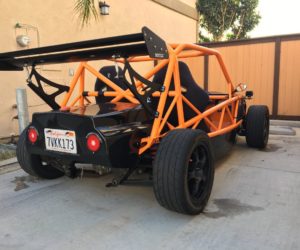




Comments for: FRATERNAL TWINS
comments powered by Disqus